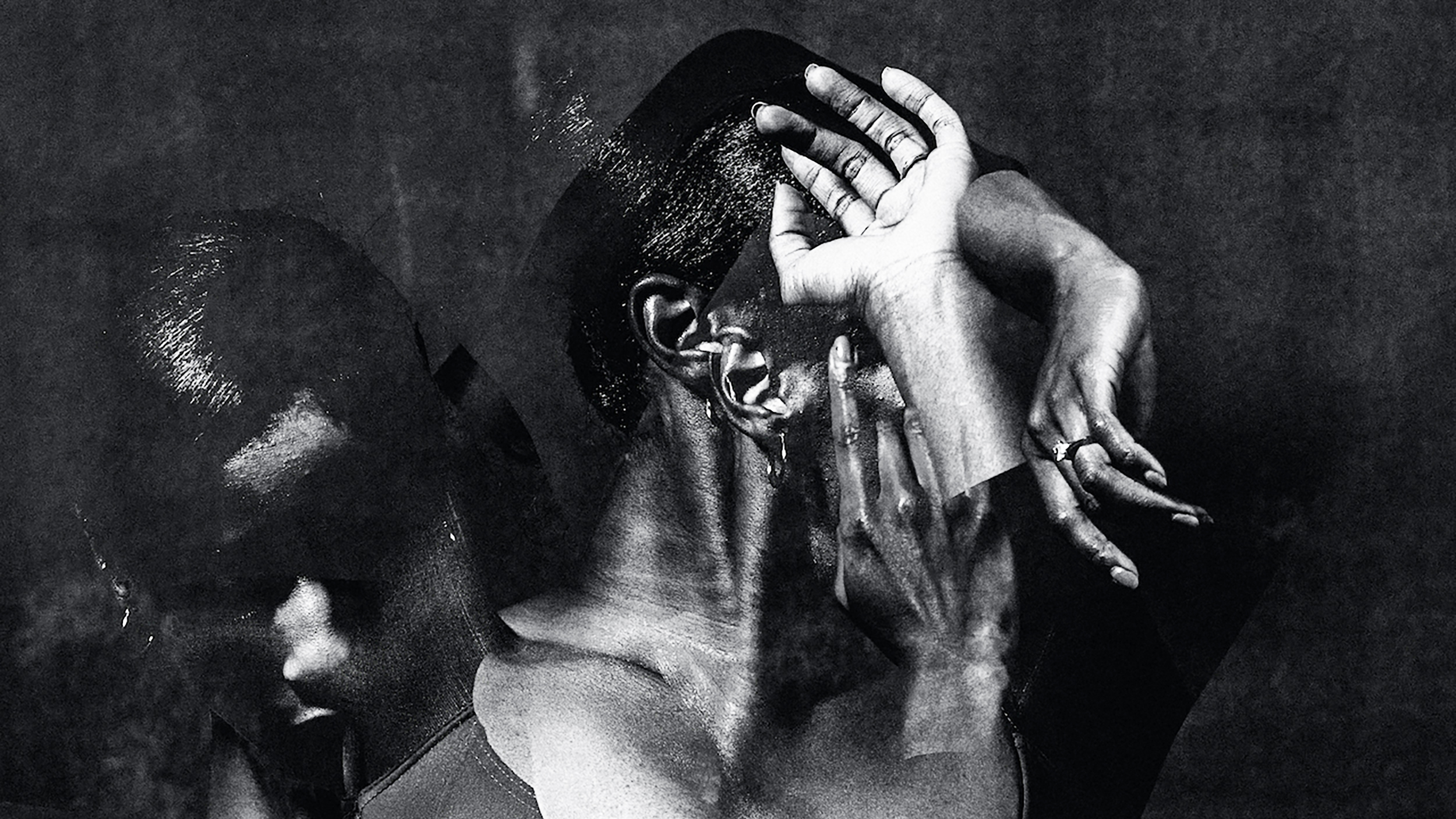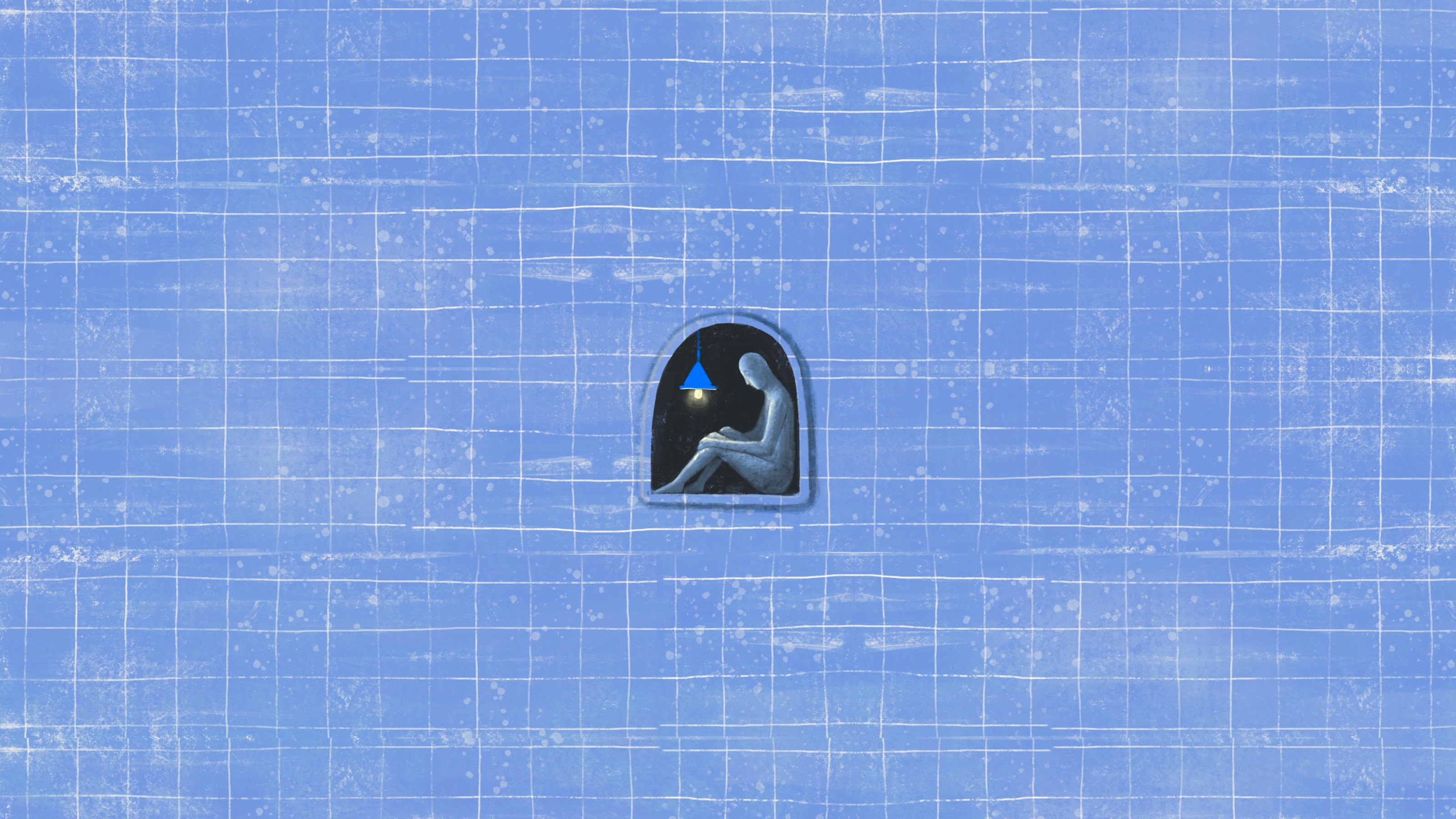Music as medicine: The therapeutic potential of sound

- Studies suggest that music can have positive impacts on mental and physical health.
- A 2022 systematic review and meta-analysis of 26 studies found that music interventions were associated with statistically and clinically significant improvements in mental health-related quality of life.
- Still, music and sound therapies are in large part artistic endeavors. Here, we explore how artists create soundscapes that aim to positively impact the listener.
Imagine that you just had a terrible day at work. On the commute home, you turn on some music. It’s an old song, one you haven’t heard in years but once bookmarked a meaningful chapter in your life. You turn up the volume and the hassles of the day fade away. The song crescendos. On your arms, you feel goosebumps (also called “frisson” or “aesthetic chills”), a phenomenon that, despite being a common reaction to music and other stimuli, has no immediately obvious evolutionary explanation. And as the next song starts, you’re already in a better mood.
Music can move us deeply. But besides nudging us to move to the beat or sparking emotional reactions, how exactly does music affect us? What does science have to say about the prospect of using music as a therapy, and what insights can musicians themselves offer when it comes to designing good studies?
The science of sound
Long considered alternative medicine, research suggests that music and sound may help ease symptoms of mental health conditions. On a broad note, music interventions have been shown to boost mood and well-being. A 2022 systematic review and meta-analysis of 26 studies found that music interventions were associated with statistically and clinically significant improvements in mental health-related quality of life. The review found evidence that these interventions may have positive physical effects, too, but these benefits were less pronounced.
An earlier review of over 400 scientific papers also highlighted the mental and physical benefits of music, especially in improving mood and reducing stress. Sound meditations (sound healing sessions) appear to have similar effects, relieving tension, improving mental health, and even decreasing physical pain.
One concept in understanding how music affects us is “brainwave entrainment,” a process where our brain activity naturally synchronizes with the rhythm of periodic external stimuli, like the beat of a song. In the 1990s, researchers showed for the first time that entrainment via music can yield therapeutic benefits: Patients with movement disorders were able to improve their motor control and coordination by following rhythmic auditory cues, demonstrating enhanced timing, spatial accuracy, and force in their movements.
Through neuroimaging techniques, it’s possible to observe brainwave entrainment as someone listens to music. The synchronization can be seen by measuring the hertz (Hz) of the sound waves, which correspond to different brain frequencies that we experience throughout the day.
“Music certainly can both entrain networks in the brain at specific frequencies, such as 40Hz, in addition to synchronizing individuals’ brains with one another,” AZA Allsop, assistant professor of the Neuroscience Research Training Program at Yale School of Medicine, told Big Think. “We think this ability to bring groups of individuals together and physiologically synchronize their brains and bodies is an important mechanism for how music facilitates social connection and behavior and likely contributes to its therapeutic impact.”
Allsop’s lab is currently testing the hypothesis that brainwave entrainment contributes to the therapeutic effects of music. As one of several popular theories that have been put forward, it will need to stand the test of more rigorous research.
Other studies have examined music’s impact on heartbeat. A 2023 observational study published in the European Journal of Cardiovascular Medicine noted that music therapy significantly increased heart rate variability (HRV), a measure of the variation in time between heartbeats. (Higher HRV is important because it indicates better autonomic nervous system function and a greater ability to adapt to stress, promoting overall cardiovascular health.)
HRV especially increased when the therapy involved music that was calming or pleasantly stimulating. The study’s control group, which underwent relaxation exercises without music intervention, showed no changes in HRV.
Music as medicine
Music and sound therapies seem to hold promise for treating, or at least alleviating, the symptoms of various conditions, though the mechanisms at play are not fully understood. Like music itself, the therapies can be more art than science. While scientists focus on the effects on the listener, artists provide valuable insights into how these effects come into existence, potentially influencing clinical studies and therapeutic approaches.
When it comes to music interventions, there are four broad approaches used for therapy, each carefully designed by the therapist/artist:
- receptive, where the client simply listens to or “receives” music;
- re-creational, where the client recreates music played by the therapist;
- compositional, where the client and therapist work together to compose music; and
- improvisational, where the therapist interprets the client’s mood based on spontaneous song creation
Designing studies around specific creative elements of interventions — such as comparing the effects of different soundscapes or foregrounding physical feelings evoked by music — is something artists can weigh in on.
In a recent preprint examining the psychophysiological benefits of nature-based soundscapes, researchers found that participants who listened to 10-minute immersive recordings of natural sounds integrated with elements of music experienced a boost in HRV alongside reduced heart and respiratory rates, compared to a calm coffee shop soundscape. They also reported diminished feelings of anxiety and depression and enhanced feelings of comfort, enthusiasm, creativity, and belonging.
Markus Pesonen and Catarina Brazao, who led the research along with their colleague Susanne Kumpulainen at the Active Life Lab at South-Eastern Finland University of Applied Sciences, believe sound journeys can be healing in part because of their somatic effects. Their app, Olo, is designed with this in mind.
Pesonen, who spent 20 years as a composer, musician, and sound designer, told Big Think:
“When I started to look at the [sound journey] space 15 years ago, I was always baffled at why most of the ‘wellness music’ was so static. It’s all one thing, whether it’s nature sounds or singing bowls or gongs. I always thought, ‘This could be so much more interesting and diverse. Life is diverse. If we instead have an experience that is like taking your nervous system to the gym, things should happen. The biggest thing about music is not how it sounds now, but how it sounded before and where it is going. It happens in time. That whole journey of different sceneries and textures and sounds creates a ‘nervous system gym’ that moves us to think about ‘how do I respond to this change from A to B to C, how do I cope with it?’”
Since “naturescapes” feature a wide spectrum of frequencies — the textures of the wind, rain, and animals, for example — Pesonen and Brazao travel to high-biodiversity locations and record in 3D in very high fidelity.
“Then we compose sound journeys in such a way that nature is the soloist and the music is just enhancing that magic,” he says. “We want to create a habit where people close their eyes and feel themselves.”
That’s where Brazao, a somatic therapist, comes in. Her role is to understand how sound modulates the nervous system, including how people’s bodies respond during a session.
“The sound journey can be the thing we need before we connect with our bodies, even,” she says, noting that it may be the most accessible starting point for healing. “Healing happens when there’s enough safety for it to happen. You don’t make it happen. You create the conditions.”
Brazao’s philosophy dovetails with a recent study from the University of Turku showing that people tend to perceive music-induced emotions in specific parts of the body — happiness in the arms and legs, for instance, and sadness in the chest — across cultures, suggesting a universal component to some of those somatic effects.
Our musical preferences are subjective, so there’s no single silver bullet when it comes to designing effective interventions. But what does seem universal is that music, in the right setting and context, can spark within us a sense of connection and transcendence — the kinds of experiences that science might never be able to fully capture.
“Music has the power to resonate with your feelings or state of being in a way that’s ineffable,” Tornike Margvelashvili, a Berlin-based composer from Tbilisi, told Big Think. “It can provide a sense of connection, or being understood, or provide a space for introspection, which is a healing process in itself.”
For Margvelashvili and Ayumi Paul — a violinist, composer, and artist — creating the right conditions for healing can look just as much like doing science as creating art.
“As a composer, you can play with psychophysics (psychoacoustics) in many ways, like how sound propagates, how it behaves in space, how humans perceive it and use it as a kind of compositional tool,” Margvelashvili says.
“For me, a simple example would be using beating frequency in the way I produce tones or timbers when I synthesize sounds. When I create a timber, I can pair together two pure tones (sine waves detuned from each other slightly) and the difference in frequency creates this phenomenon called beating, which is a very specific sound. So I can use this physical phenomenon as an aesthetic tool in my compositions.”
Music has been a part of healing and spiritual traditions for centuries, though only in recent decades has it been the subject of serious scientific inquiry. Future research may show that sound packs outsized healing potential, especially when combined with insights from both scientists and artists. It’s also worth keeping in mind the simple fact that, when you’re in a slump, hitting “play” on your favorite record might be the easiest way to boost your mood.





